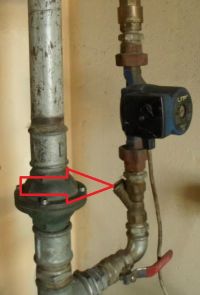Hello, recently I wrote in this topic - https://www.elektroda.pl/rtvforum/topic3018667.html
Unfortunately, next winter, I have the same problem again, continuous walking to the stove for up to 30 minutes ... I have enough.
I'll tell my story.
I am asking for help and advice in burning my CO stove
Photos of the stove and installation - see the link below.
I will present what my problem looks like.
I have no problem with lighting it every day and putting it out in the evening, but the most troublesome for me is to constantly control the temperature and add it to the stove every 30 minutes.
I smoke on the move. I put in a small amount of coal so as not to boil the stove. I turn on the pump immediately. In the evening I do not add fuel to the stove, and it goes out by itself and I turn off the pump. Unfortunately, at around 60 degrees, water starts to drip / come out from the screw cap. A colleague from work said that it is enough to tighten, but I am not moving because I am afraid it will worsen, because once I tightened the screw above the boiler, it broke completely. It is probably because no one lived in the house for 3 years or smoked in the stove (the water was drained).
Unfortunately, the measuring device does not work or I do not know how to operate it, it walks hard and does not move at all. If you set the flap to a very small opening, then it burns poorly and does not want to reach a temperature higher than 50 degrees, or it hardly reaches 50 degrees. If, on the other hand, I open the flap more, then the temperature in the furnace quickly rises to 60 or even 65 degrees, and I have to close the flap immediately, and sometimes the damper because I'm afraid that something will boil
I can't change my stove and I don't want to invest too much because the house has many owners and nobody will pay back the investment.
What will be the best way to improve my stove? A colleague proposes to install the blower in the damper and the controller.
On the internet I found https://www.youtube.com/watch?v=15DBdRk5PJQ SUCH a movie, it's probably the same stove.
But there is another problem, the differential valve above the stove, it does not always open, i.e. when the pump is set to the 3rd level, it moves normally, such a metallic thump as if sucking in is heard, but when it is on the 2nd level it will never surprise and there is no sound.
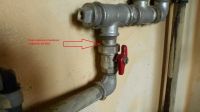
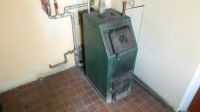
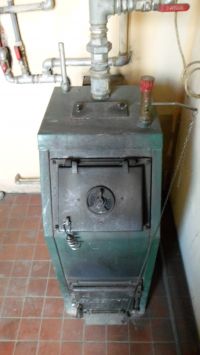
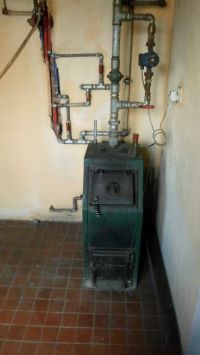
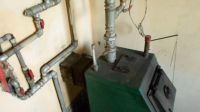
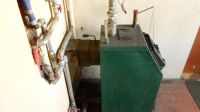

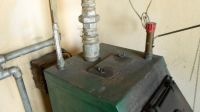
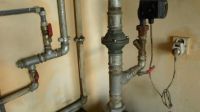
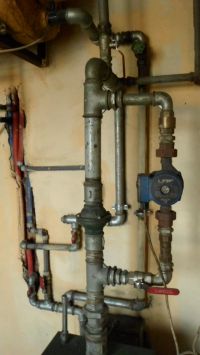



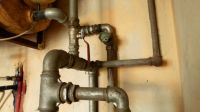
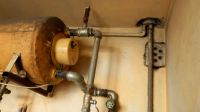
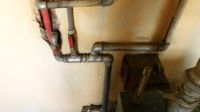
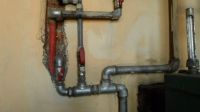
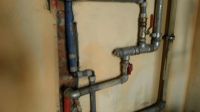
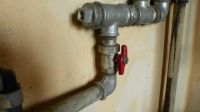

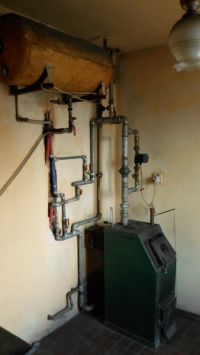
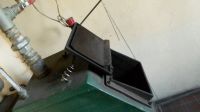
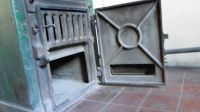


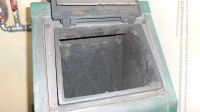

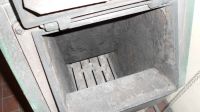
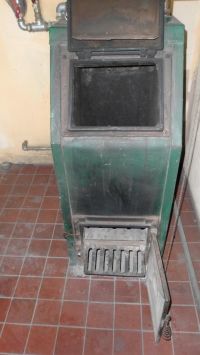
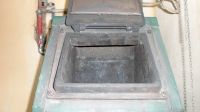
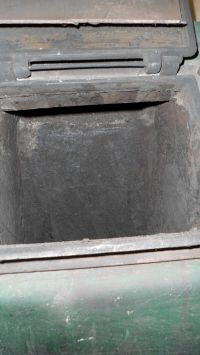
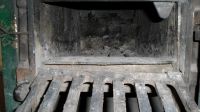
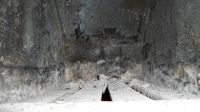
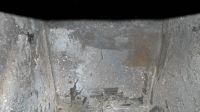
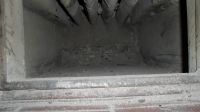
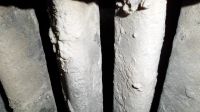

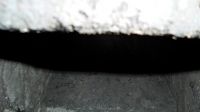
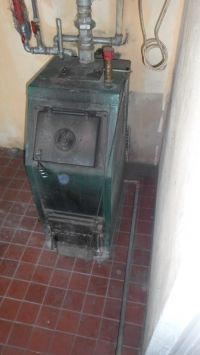
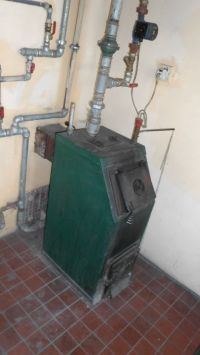


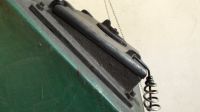
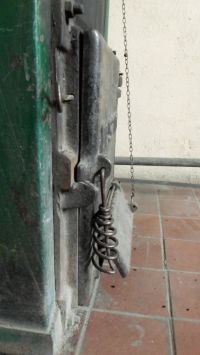
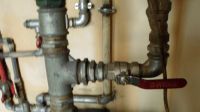
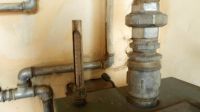
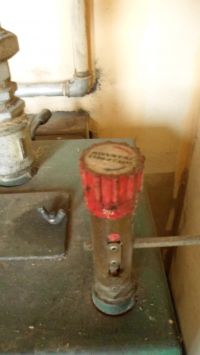
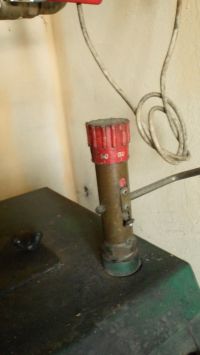

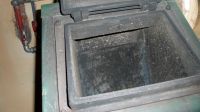

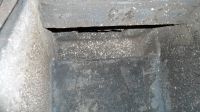
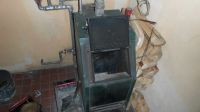
Unfortunately, next winter, I have the same problem again, continuous walking to the stove for up to 30 minutes ... I have enough.
I'll tell my story.
I am asking for help and advice in burning my CO stove
Photos of the stove and installation - see the link below.
I will present what my problem looks like.
I have no problem with lighting it every day and putting it out in the evening, but the most troublesome for me is to constantly control the temperature and add it to the stove every 30 minutes.
I smoke on the move. I put in a small amount of coal so as not to boil the stove. I turn on the pump immediately. In the evening I do not add fuel to the stove, and it goes out by itself and I turn off the pump. Unfortunately, at around 60 degrees, water starts to drip / come out from the screw cap. A colleague from work said that it is enough to tighten, but I am not moving because I am afraid it will worsen, because once I tightened the screw above the boiler, it broke completely. It is probably because no one lived in the house for 3 years or smoked in the stove (the water was drained).
Unfortunately, the measuring device does not work or I do not know how to operate it, it walks hard and does not move at all. If you set the flap to a very small opening, then it burns poorly and does not want to reach a temperature higher than 50 degrees, or it hardly reaches 50 degrees. If, on the other hand, I open the flap more, then the temperature in the furnace quickly rises to 60 or even 65 degrees, and I have to close the flap immediately, and sometimes the damper because I'm afraid that something will boil
I can't change my stove and I don't want to invest too much because the house has many owners and nobody will pay back the investment.
What will be the best way to improve my stove? A colleague proposes to install the blower in the damper and the controller.
On the internet I found https://www.youtube.com/watch?v=15DBdRk5PJQ SUCH a movie, it's probably the same stove.
But there is another problem, the differential valve above the stove, it does not always open, i.e. when the pump is set to the 3rd level, it moves normally, such a metallic thump as if sucking in is heard, but when it is on the 2nd level it will never surprise and there is no sound.
























































